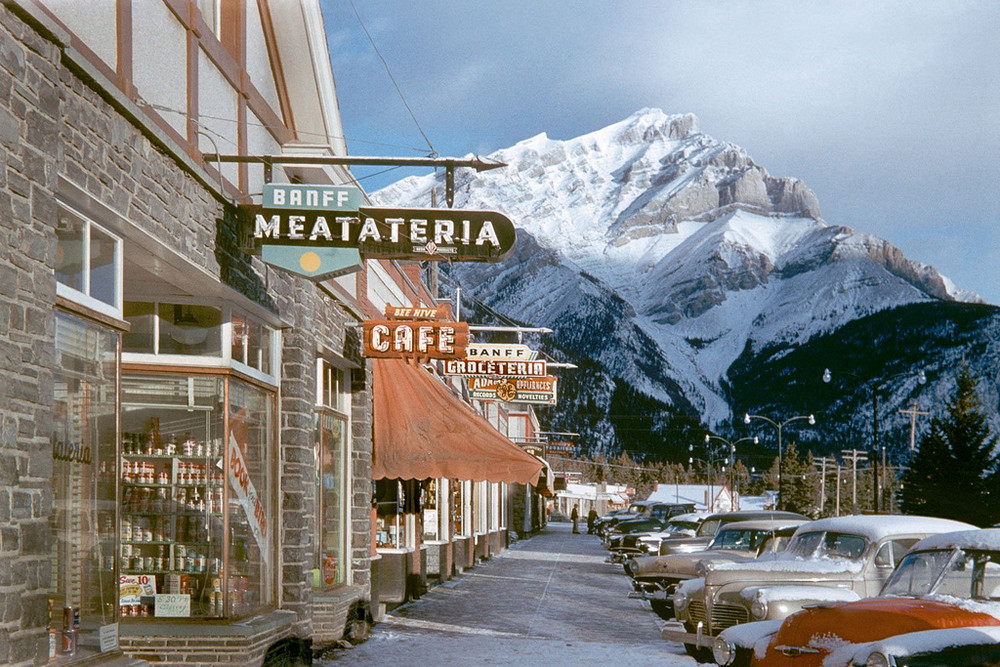 Fred Herzog started taking pictures of Vancouver in the late 1950s when he moved to the city. He defined a key to the success of photography as the authenticity of the observed life. The recognition of his talent followed the decades after the work was done. In the middle of the last century, Fred Herzog documented Vancouver’s everyday life, while also exploring color photography.
Fred Herzog started taking pictures of Vancouver in the late 1950s when he moved to the city. He defined a key to the success of photography as the authenticity of the observed life. The recognition of his talent followed the decades after the work was done. In the middle of the last century, Fred Herzog documented Vancouver’s everyday life, while also exploring color photography.
Restart of the photo career
Fred Herzog was born in 1930 in Stuttgart, Germany. He began photographing in 1950 when he traveled with friends to the Alps, where he went hiking and conducted his first photography experiments.
Herzog lost the pictures from his Germany period of life when he moved to Canada. The ship turned out to be “a rusty vessel that nearly sank in the Atlantic.” His luggage got wet, and saltwater irrevocably spoiled all negatives. In Canada, Herzog made his first quality shots upon his arrival. These were black and white photographs of a ship on the St.Lawrence River and the Montreal Tower.
“In 1957, I became a medical photographer at the University of British Columbia, and at about the same time, I started a career as a documentary photographer,” Herzog says. I chose documentary photography because I really enjoyed walking along Vancouver’s old streets, gazing at shops of second-hand goods, people, and signs. For me, it was a kind of life force that spoke to me directly. “
Exploring the color photography
Herzog shot with color Kodachrome slide film. His photographs include neon signs, “the best barber of all time,” shop windows and shop windows, billboards, old wooden houses, posters, and graffiti.
In the 1950s and 60s, color photography was a part of the commercial photography; only black and white photographs belonged to the artistic area and worthy of the definition “art.” And at the same time, Herzog does not consider himself the first photographer to photograph city streets in color, although he was among the pioneers of his genre. The genius Saul Leiter began the color shooting of New York already.
“People in the US who practiced color photography in the 1970s, such as Stephen Shore, Joel Sternfeld, Joel Meyerowitz, and William Eggleston, their works hit the Museum of Modern Art and other similar galleries. They had opportunities, grants and money, and the conviction that it could be used as art. In Canada, we are a little behind in this area. We didn’t have major art gallery exhibitions of photography, ”Herzog recalls.
The belated popularity of the Vancouver pictures
His Vancouver pictures gained popularity when the photographer was old. The exhibition followed the publication of photo books and numerous interviews. “And I felt that I was doing art. I knew that what I was doing was unique and that someday I would unpack it, and people would like it. And that was half a century ago. It sounds like a fairy tale, but that’s how it all starts. ” You can find the works of Fred Herzog’s on the Equinox Gallery.
Read more: Postwar New York in 65 unforgettable vintage pictures.
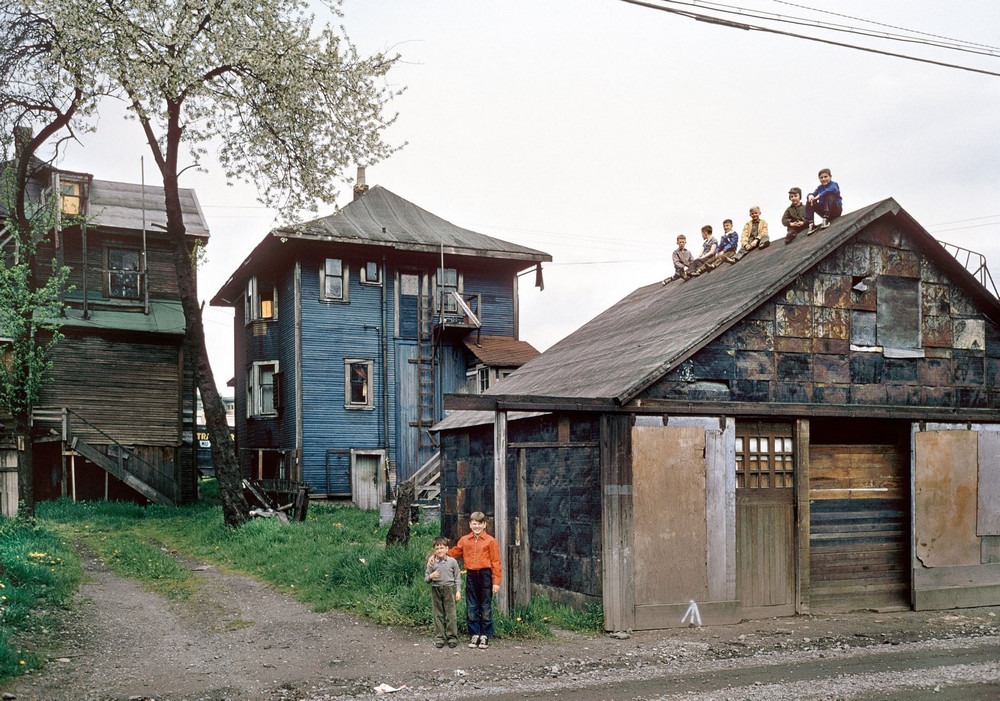
Wooden building in post-war Vancouver
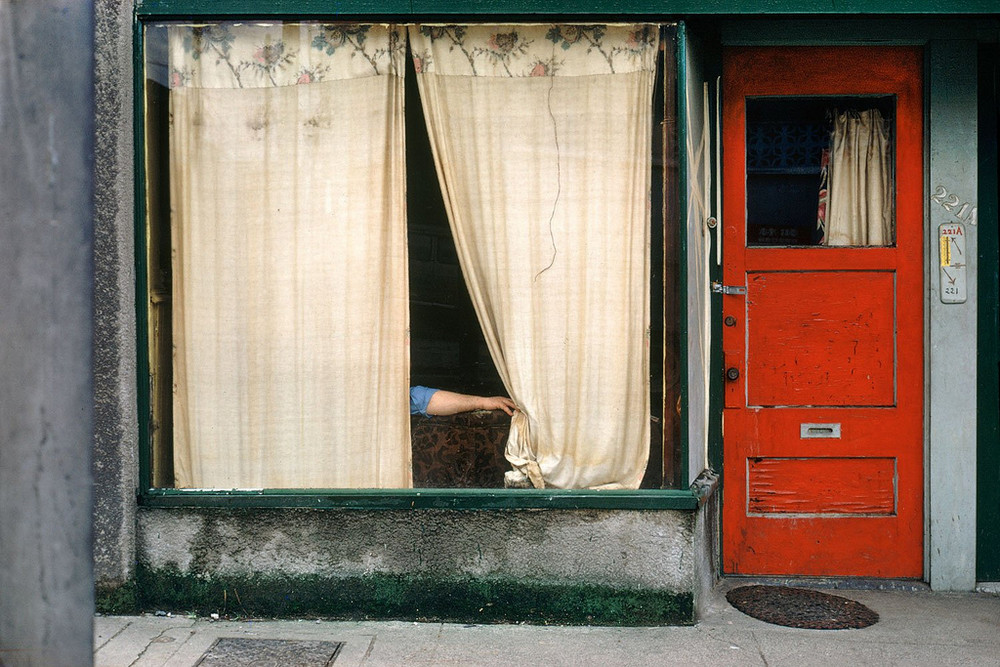
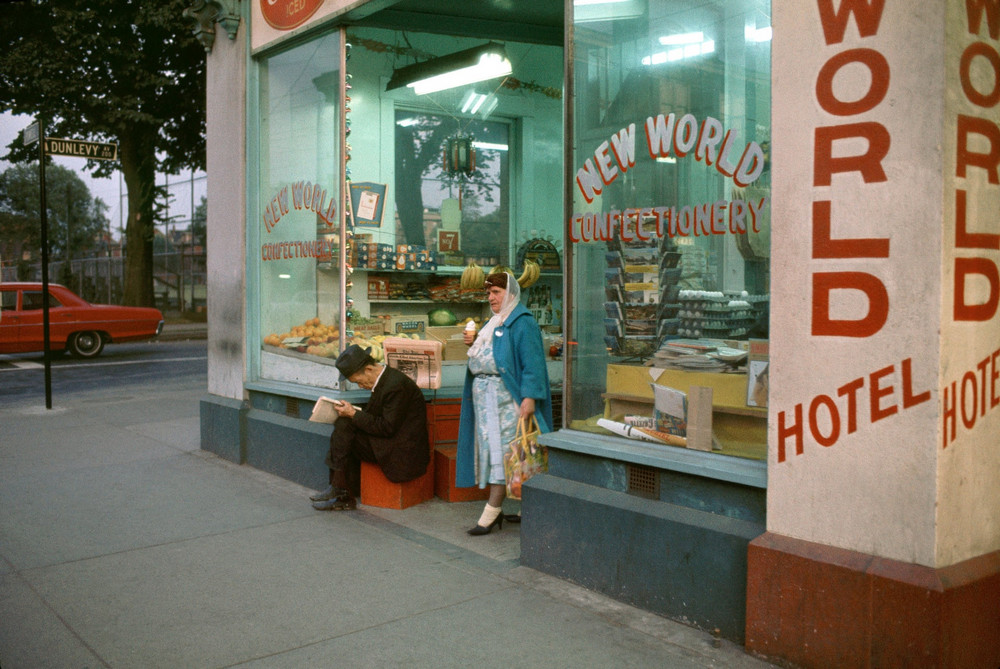
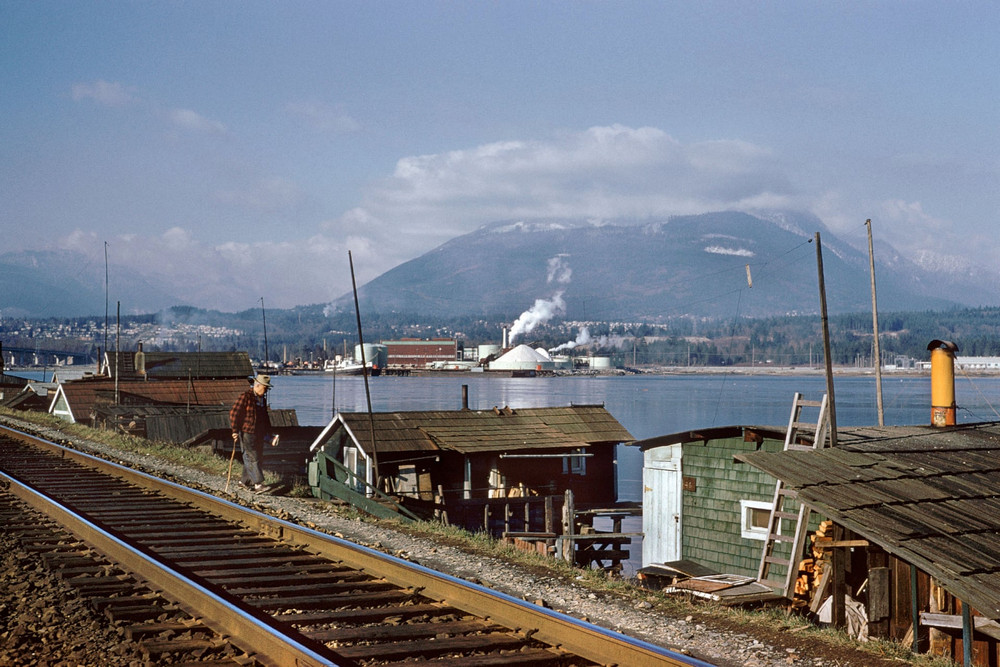
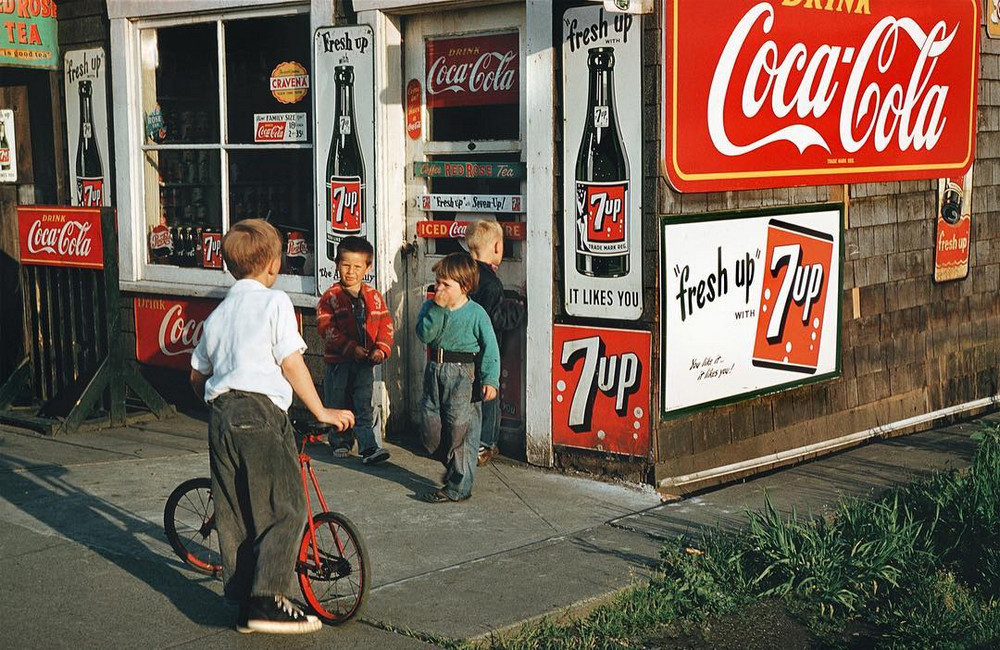
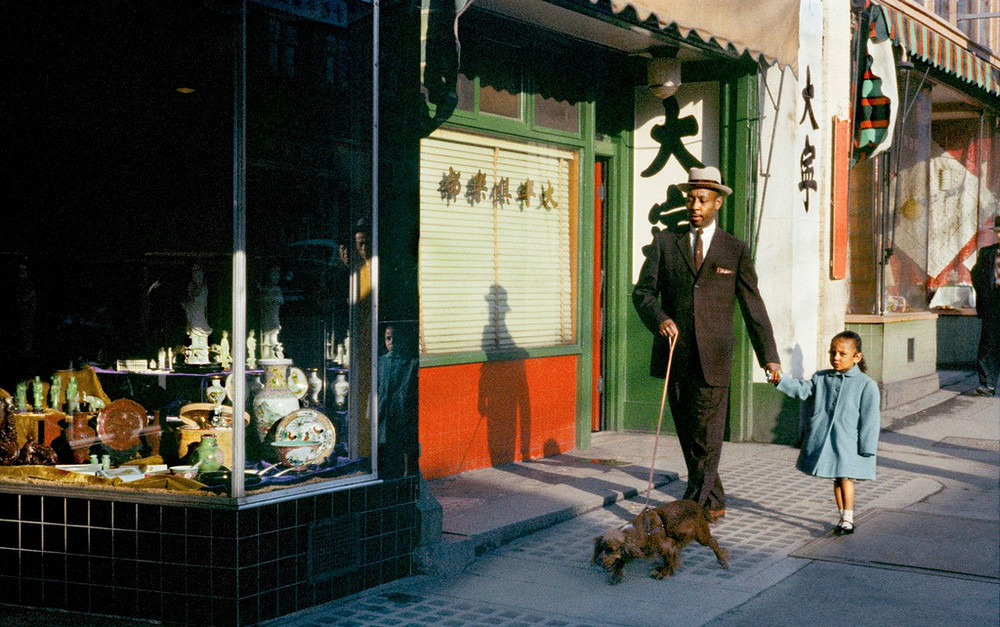
Vancouver pictures, the 1950s
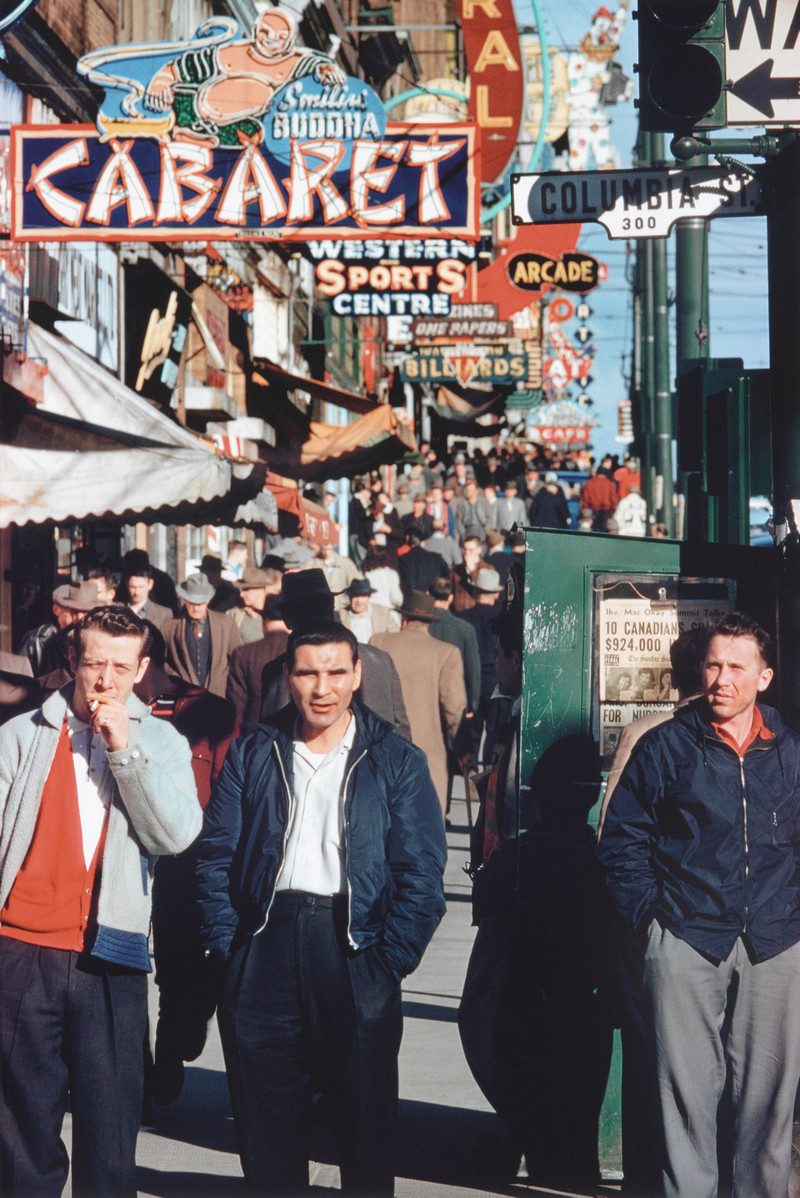

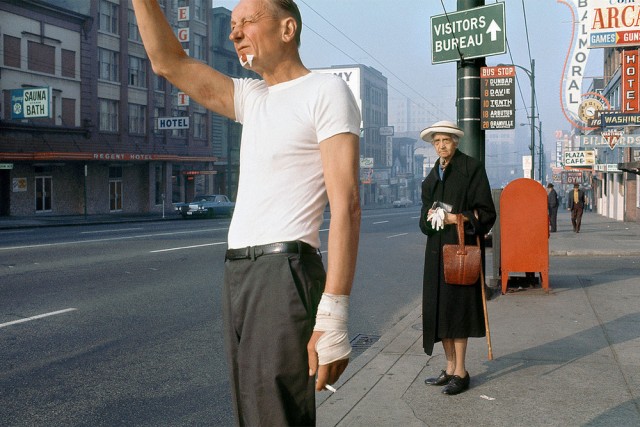
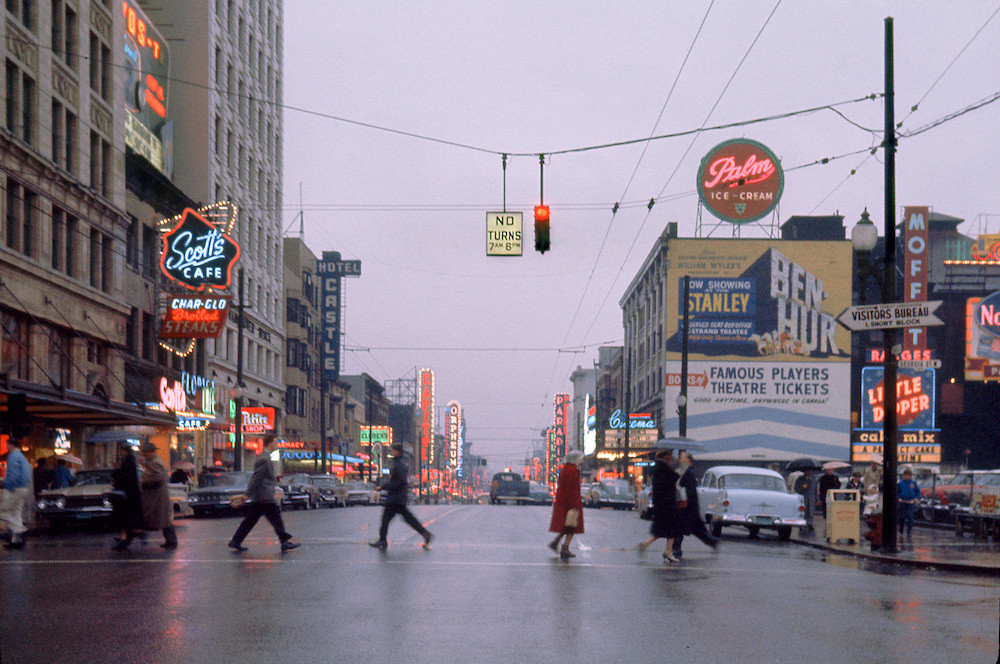
Vancouver in 1960s
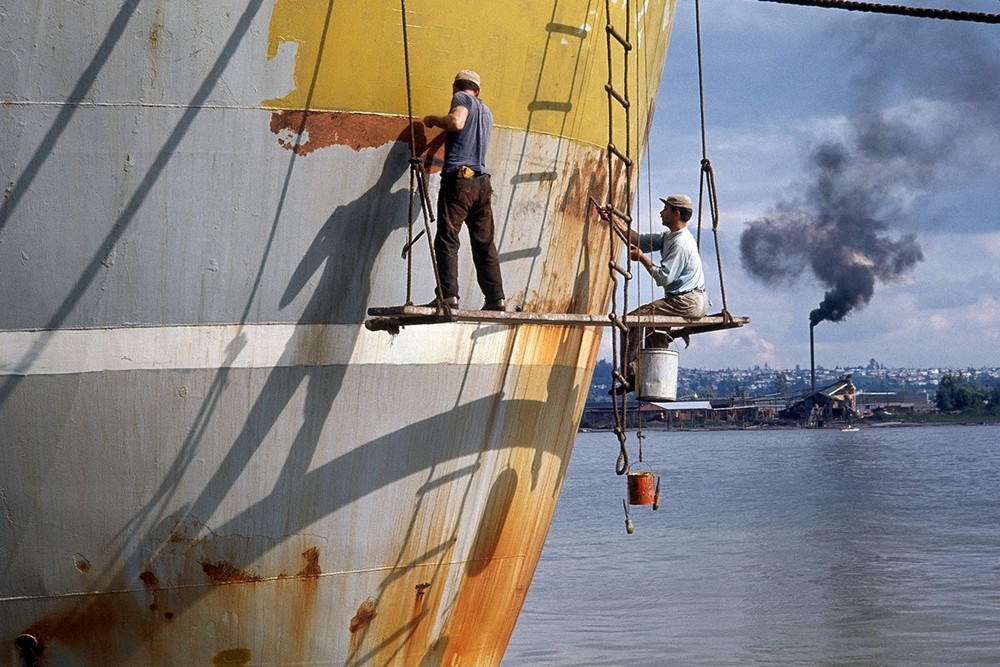
Vancouver by Fred Herzog

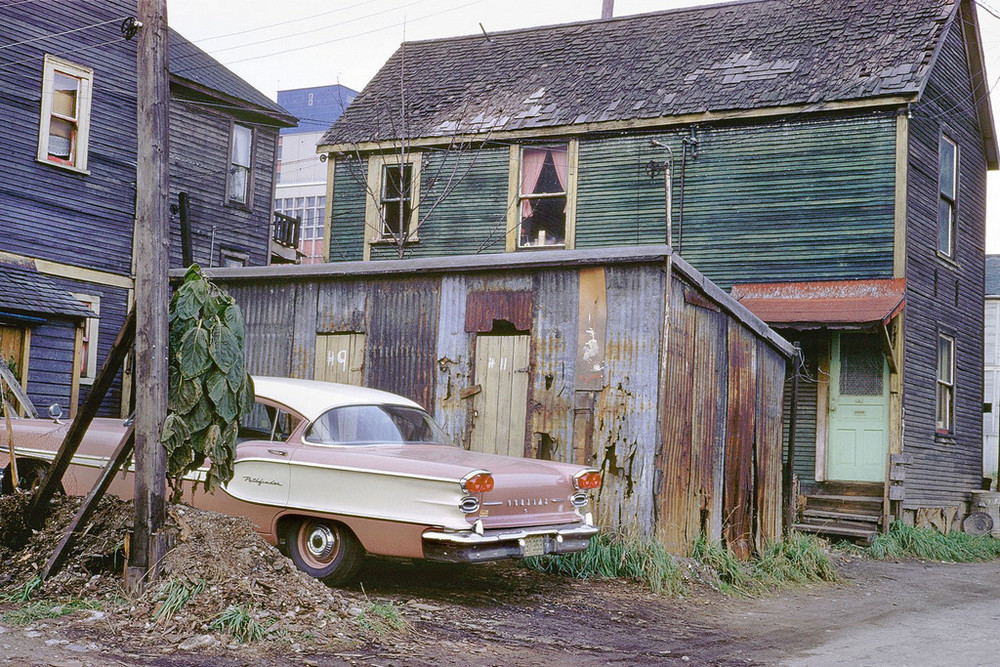
The uptown housing, Vancouver
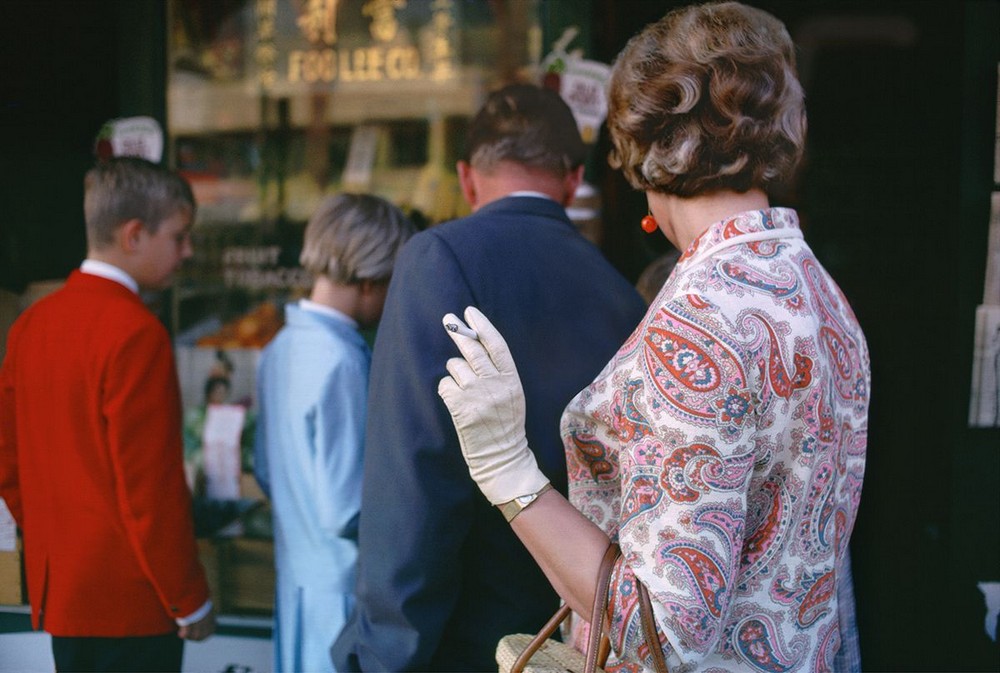
The street style in Vancouver
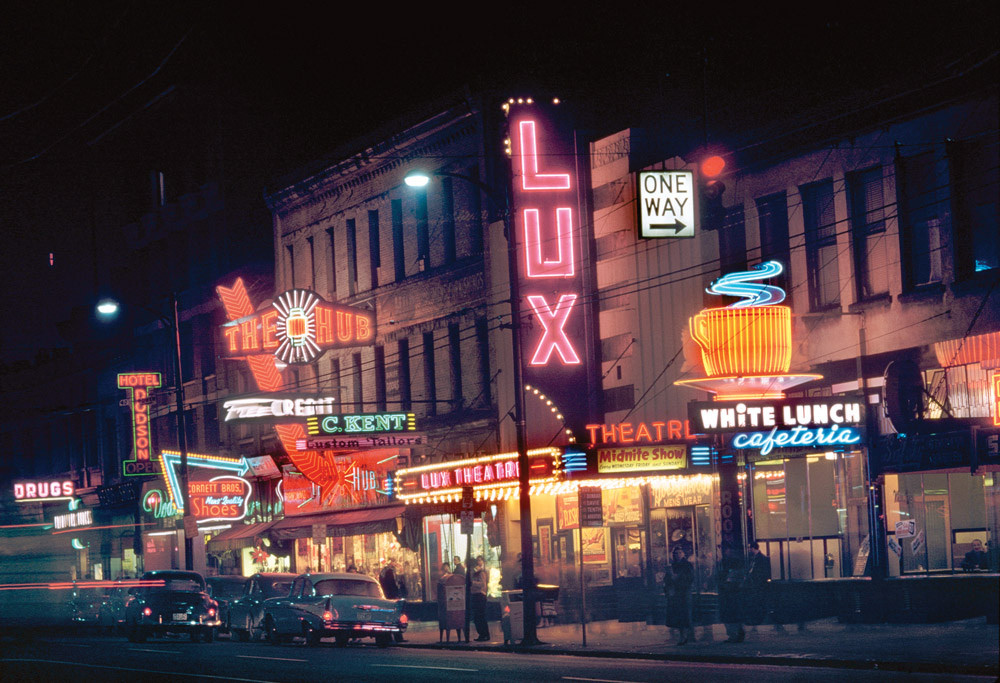
The nightlife in Vancouver, 1950s
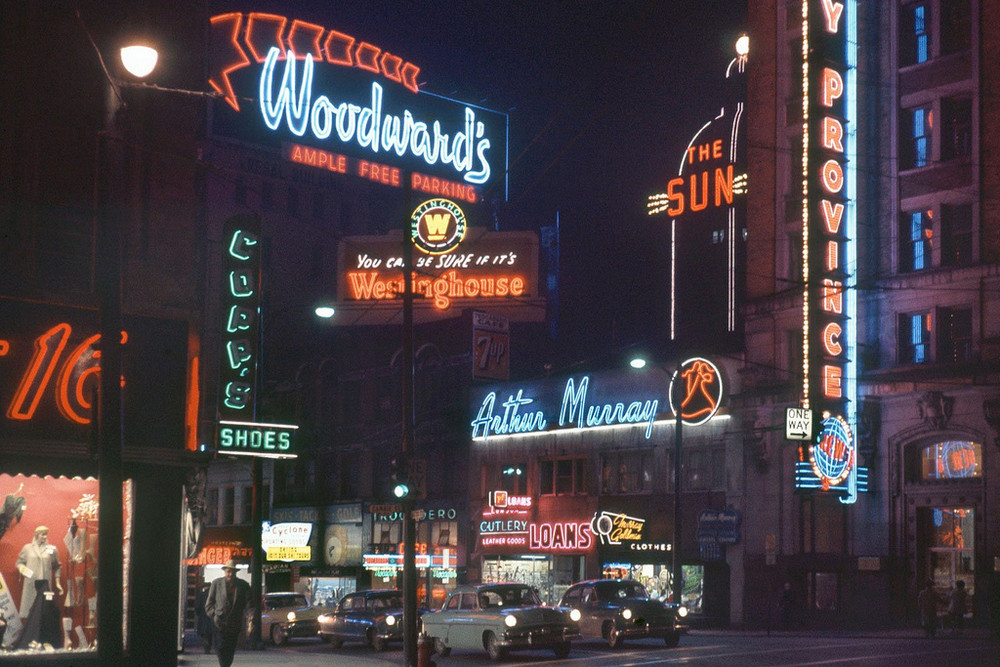
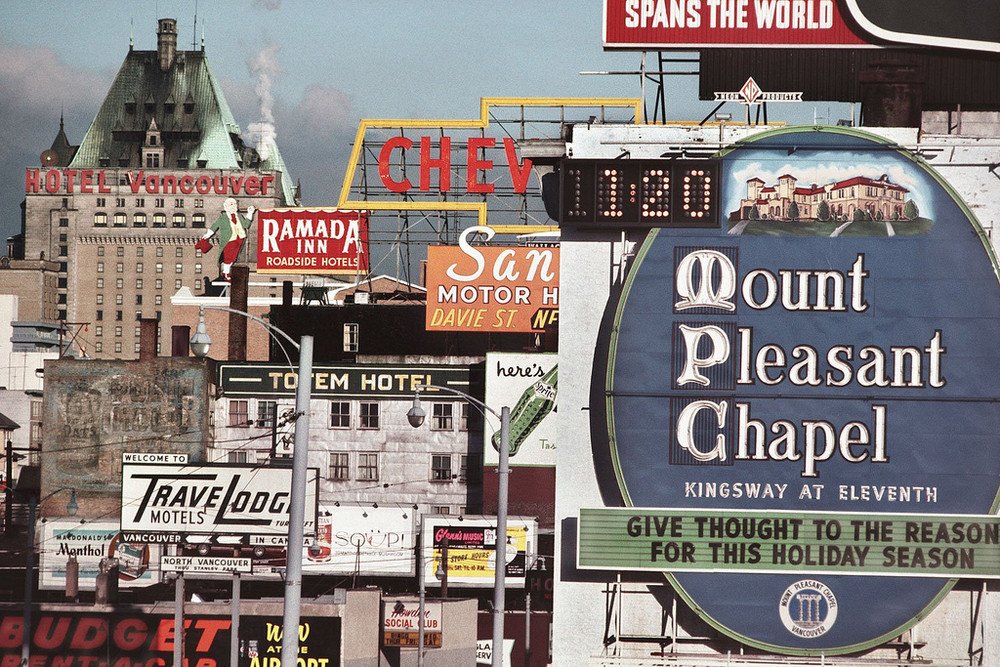
The downtown of Vancouver, 1950s
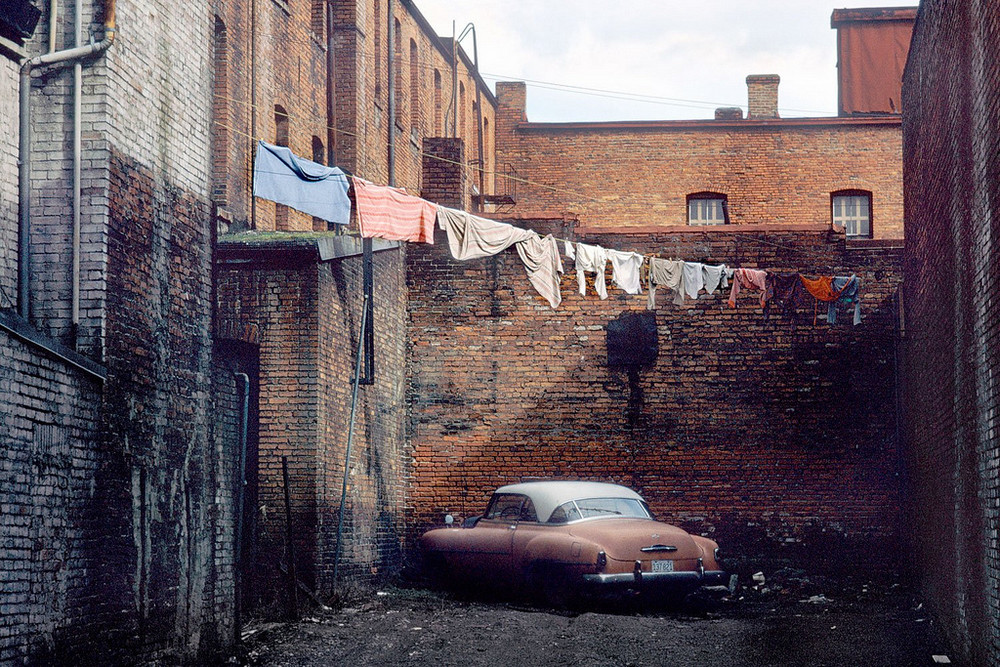
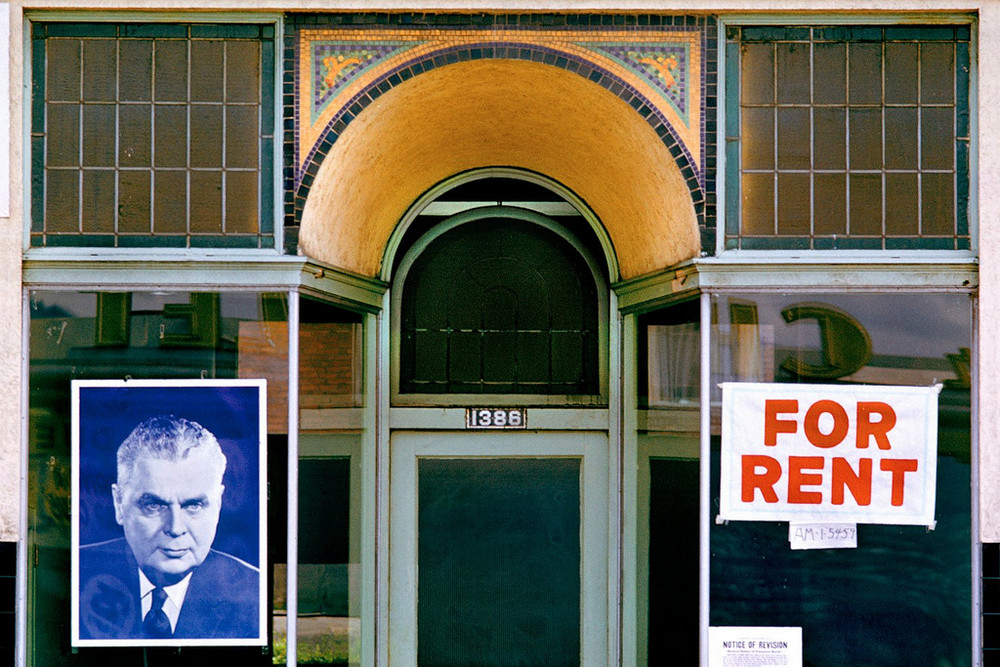
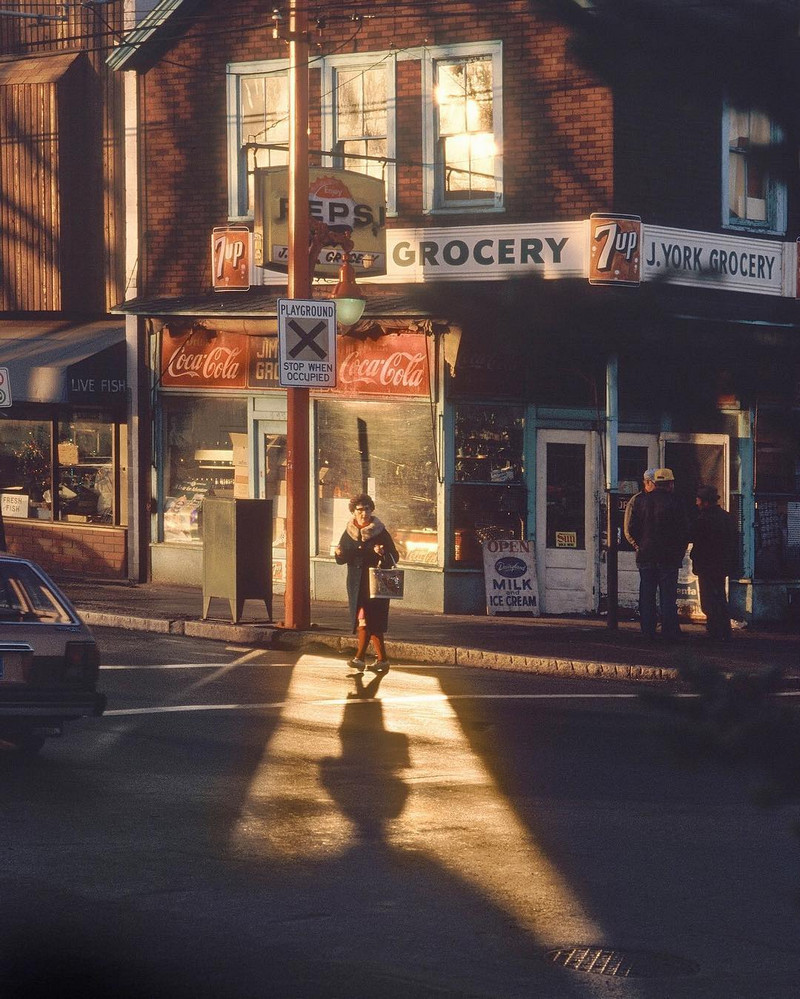
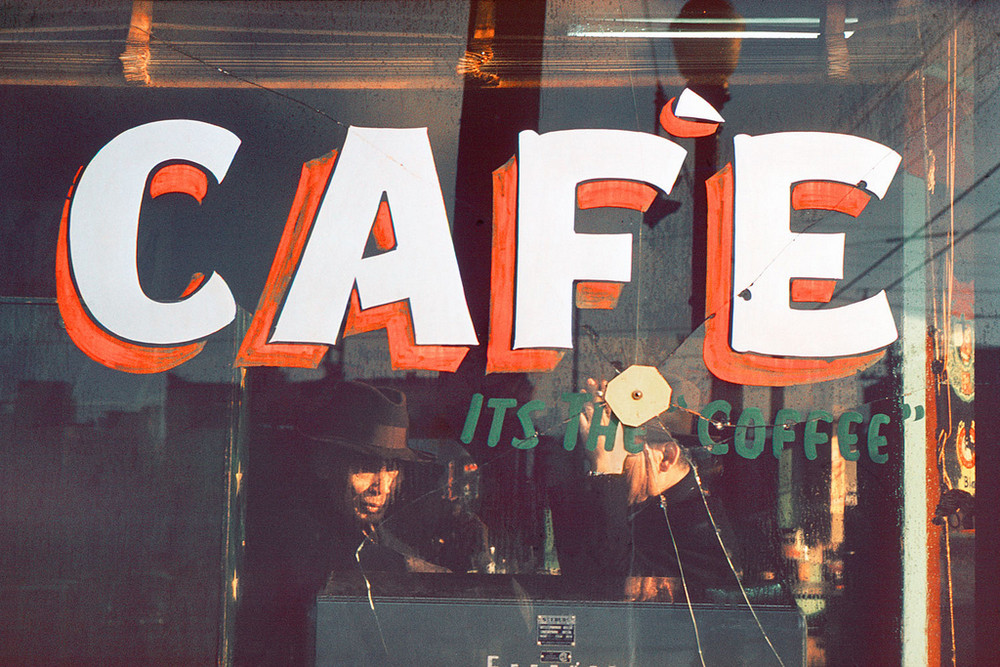
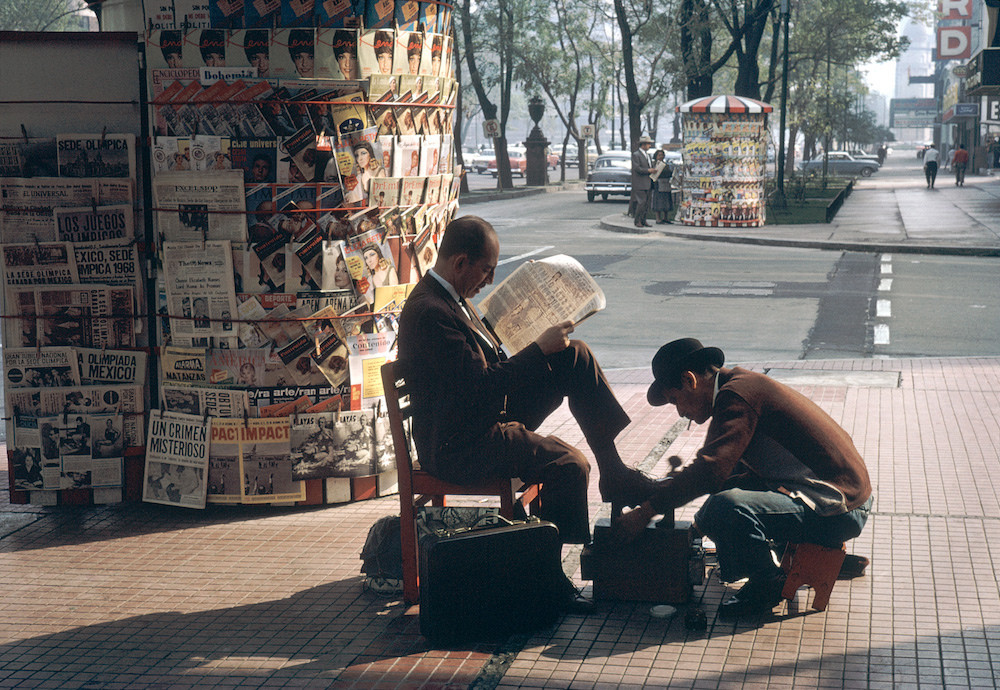
Polishing shoes, Vancouver 1950s
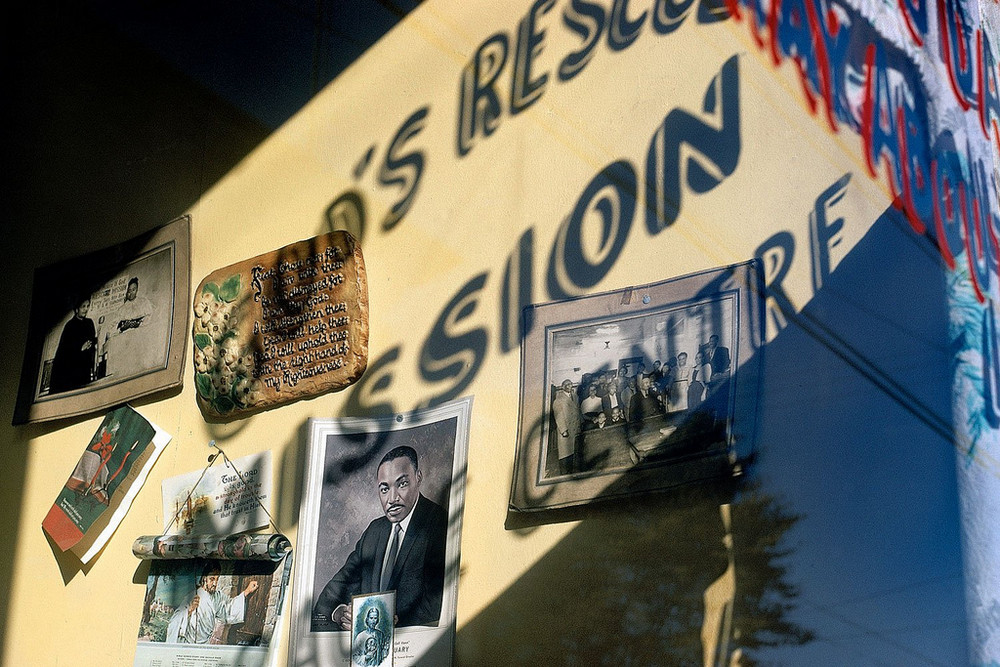
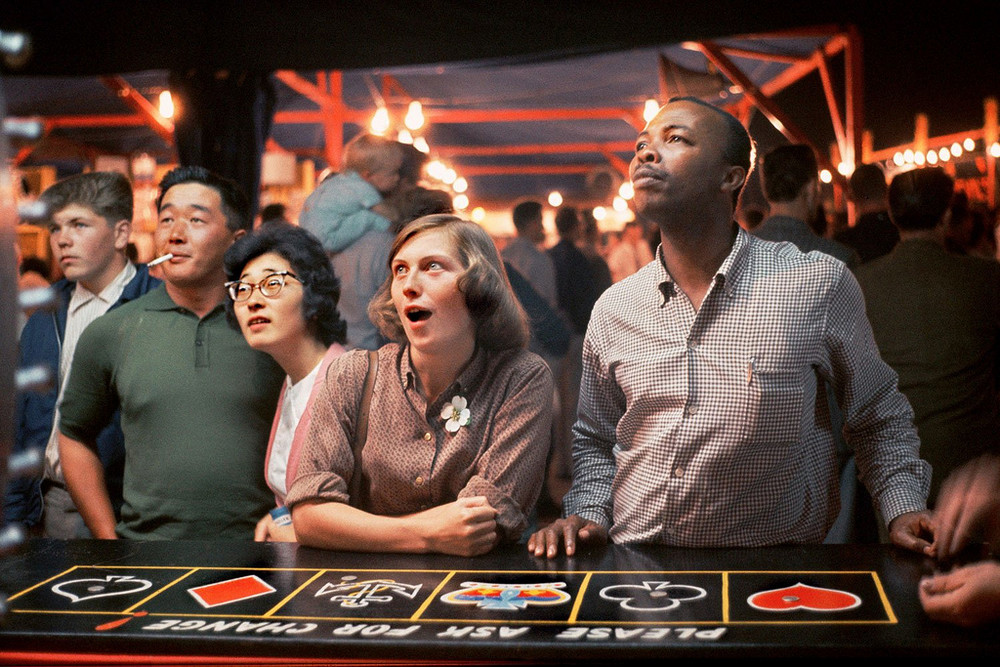
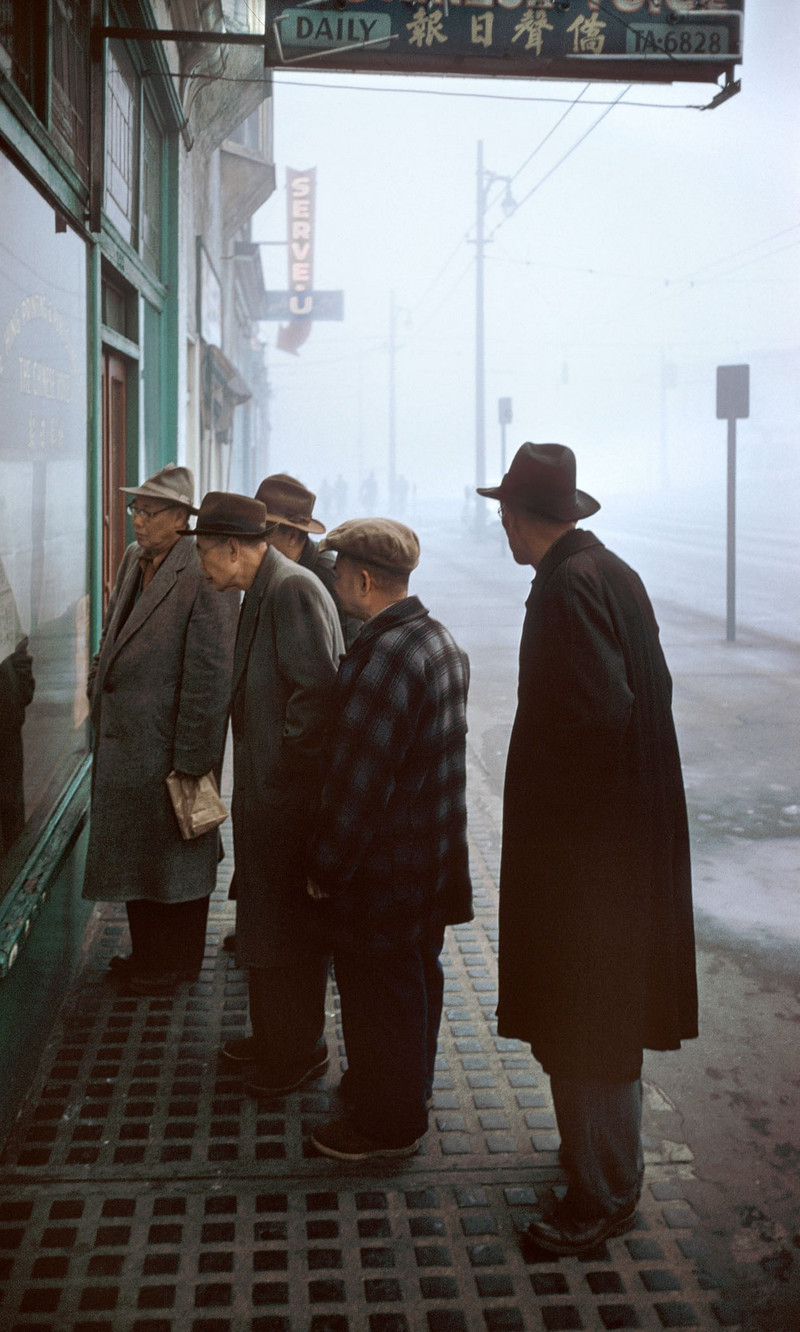
Photos of China Town in Vancouver, 1950s
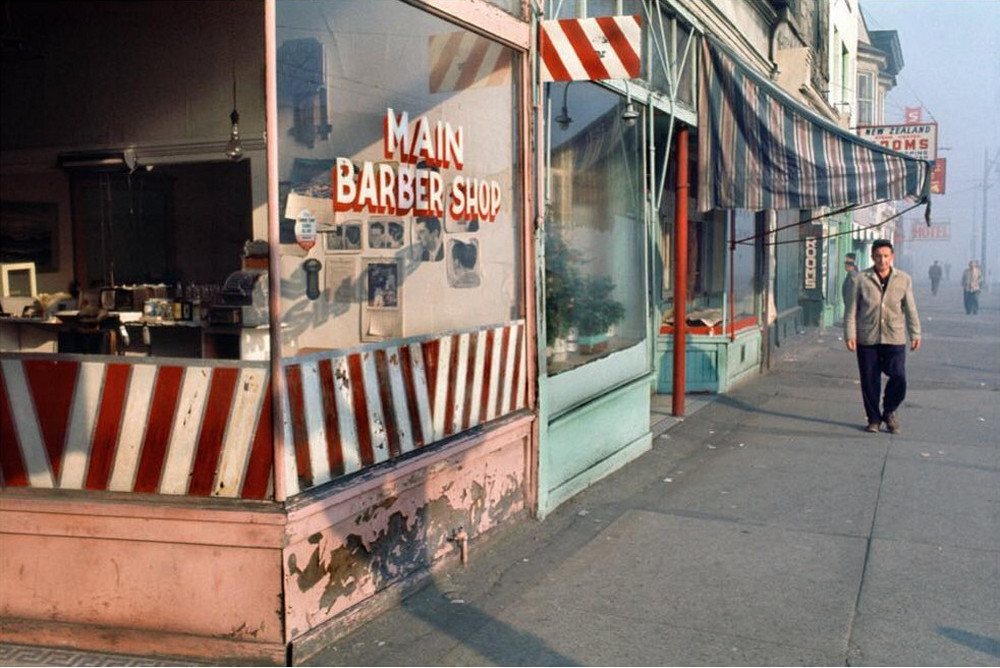
Photographs of old Vancouver
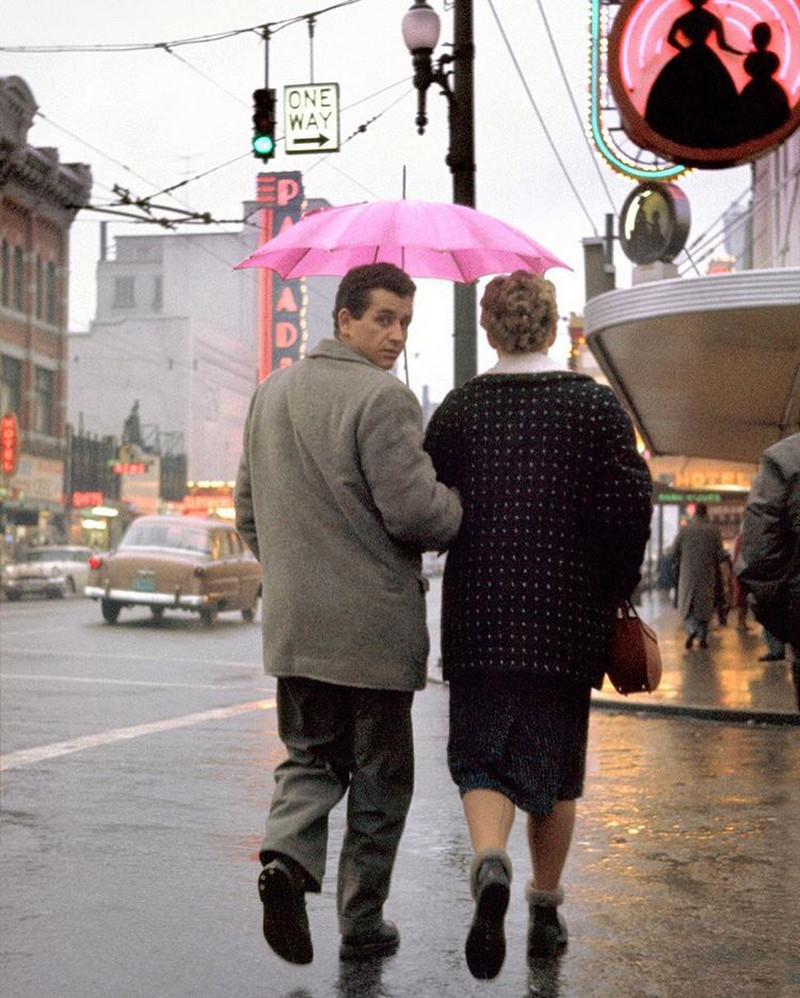
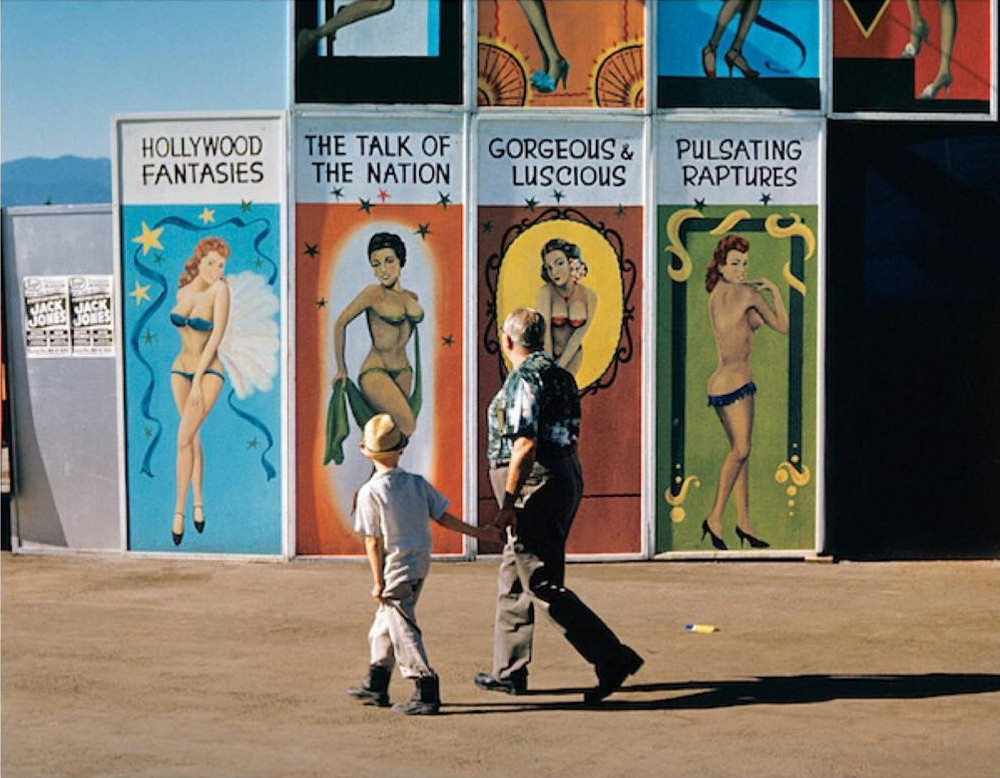
People of post-war Vancouver
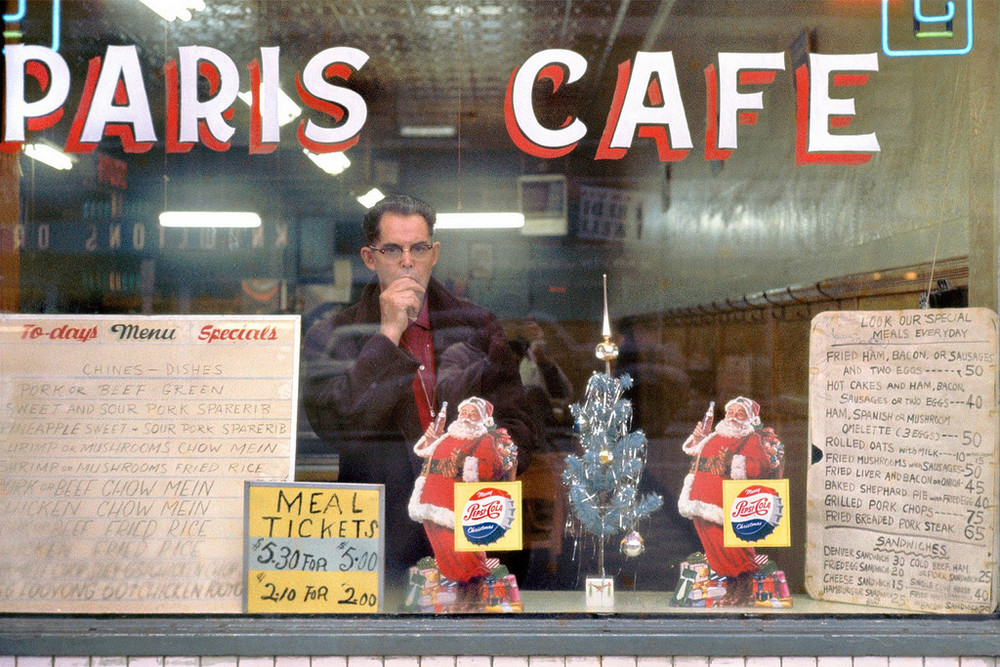
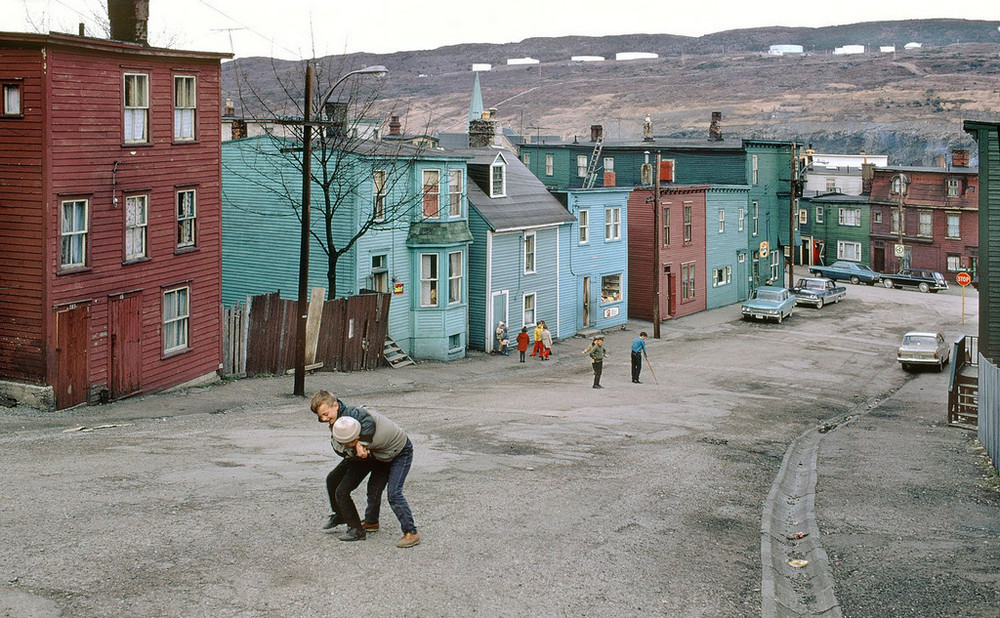
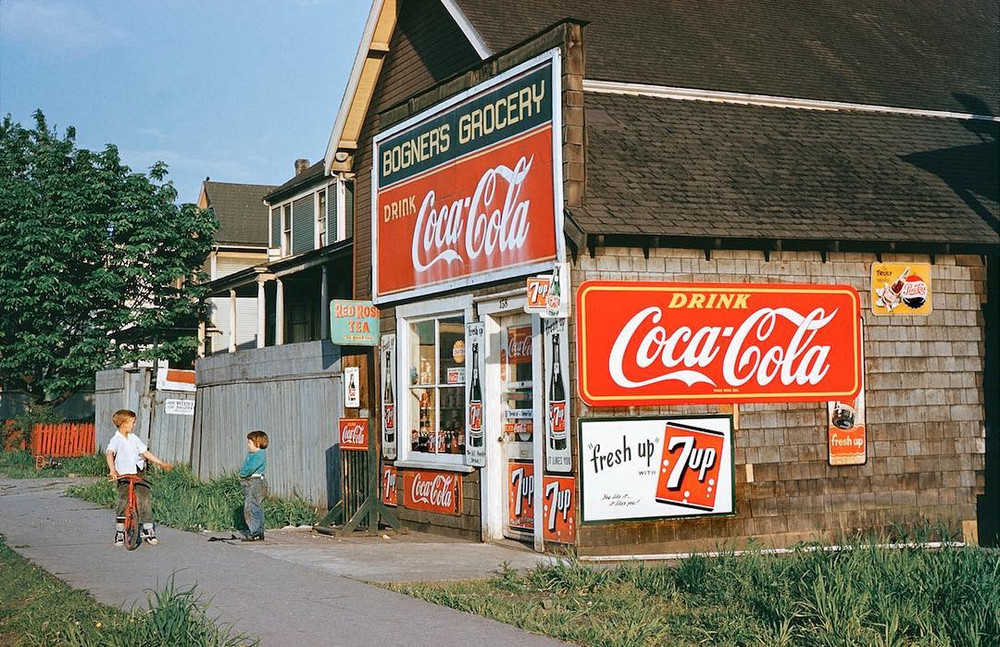
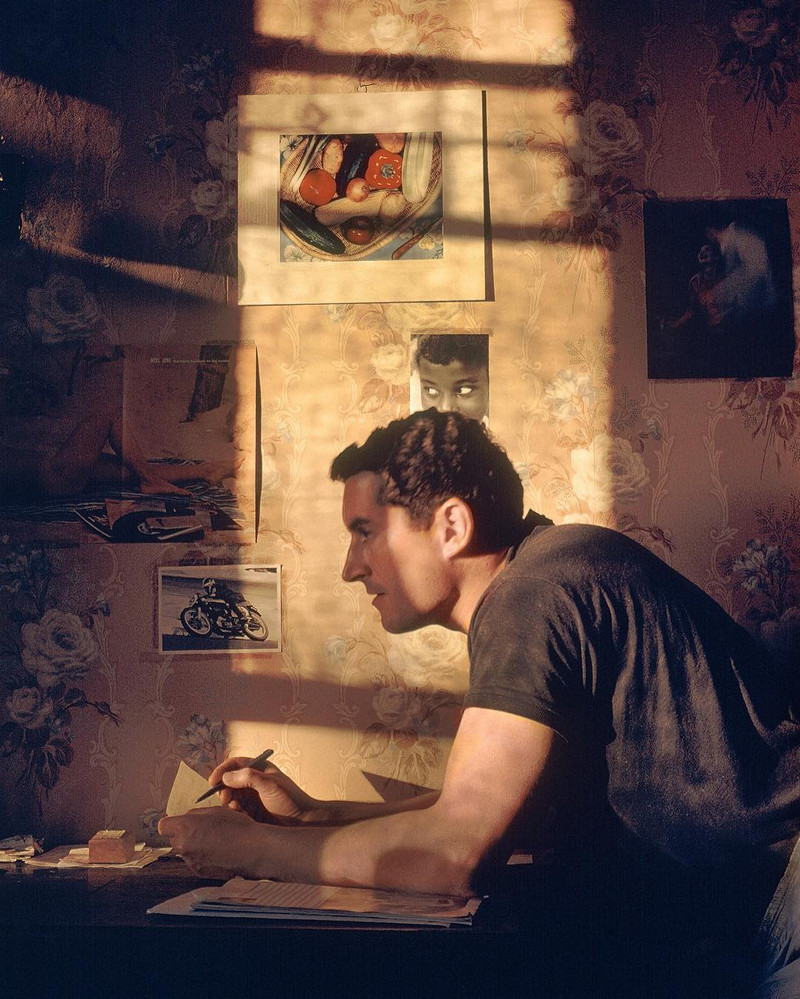
Fred Herzog, 1961
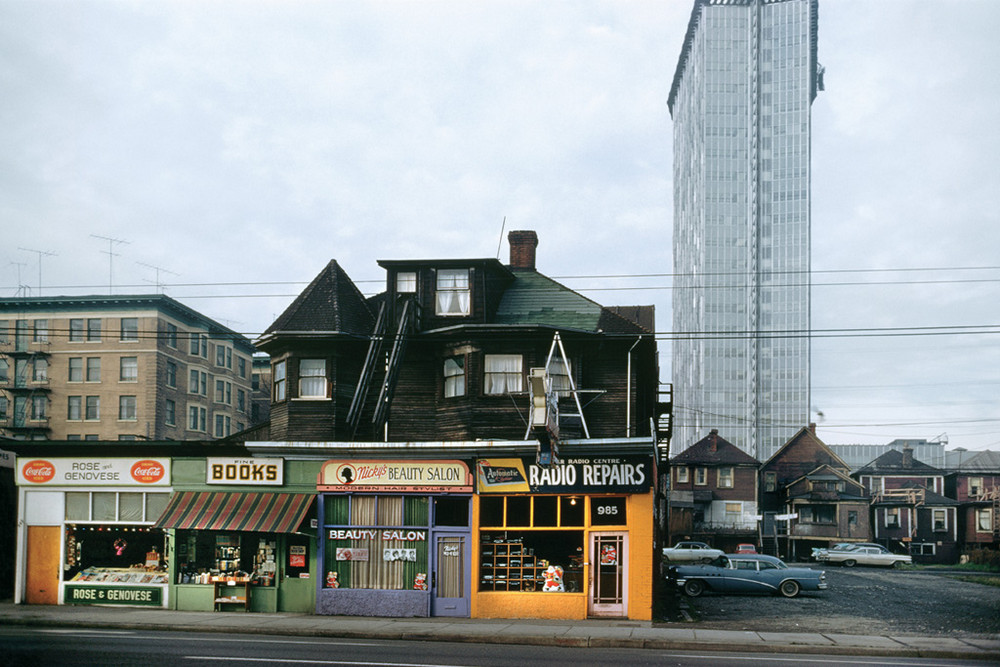
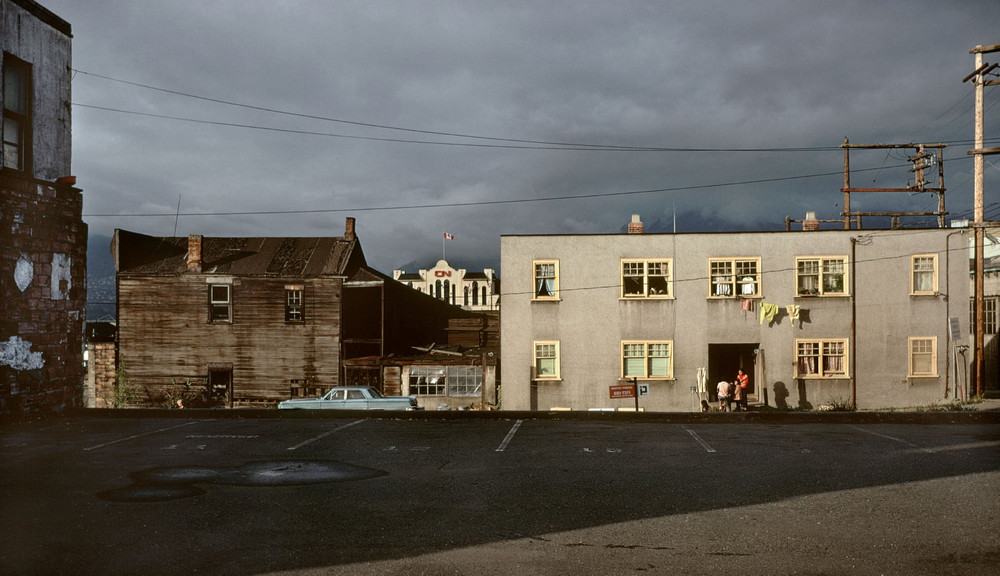
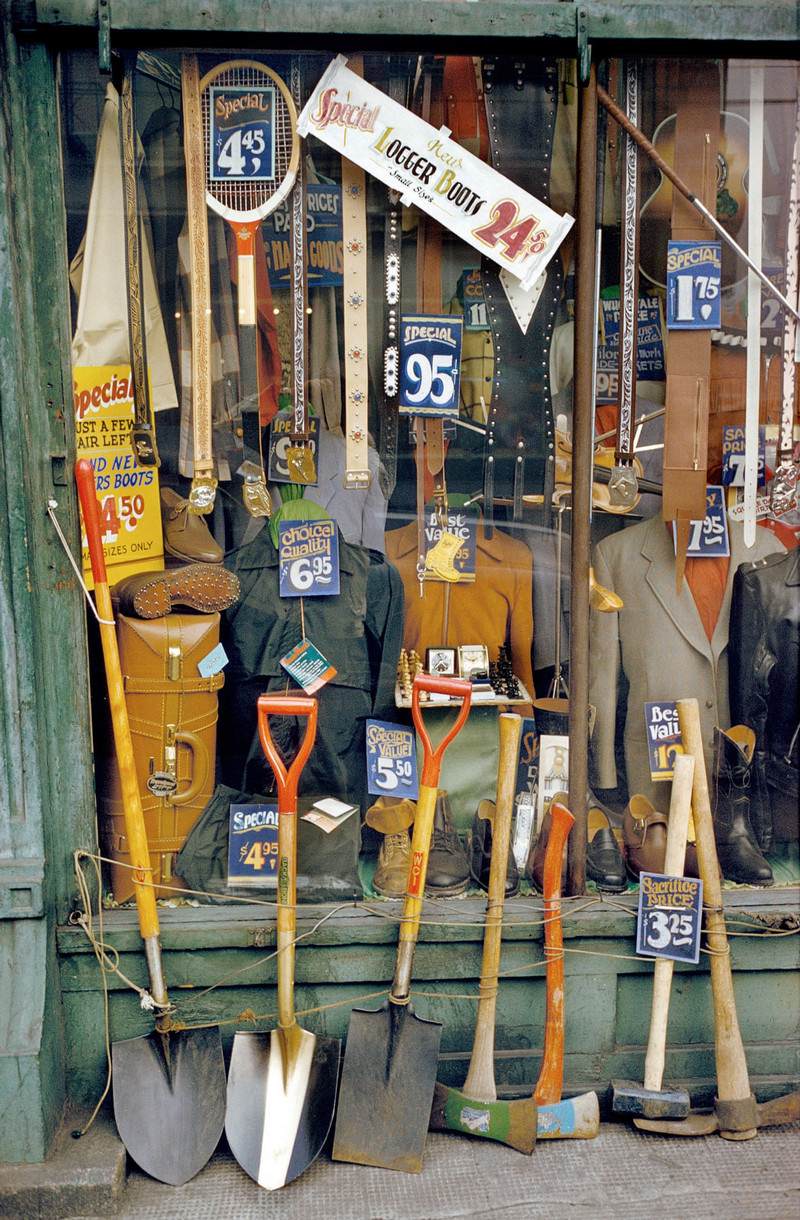
Fred Herzog photos of Vancouver, 1960s
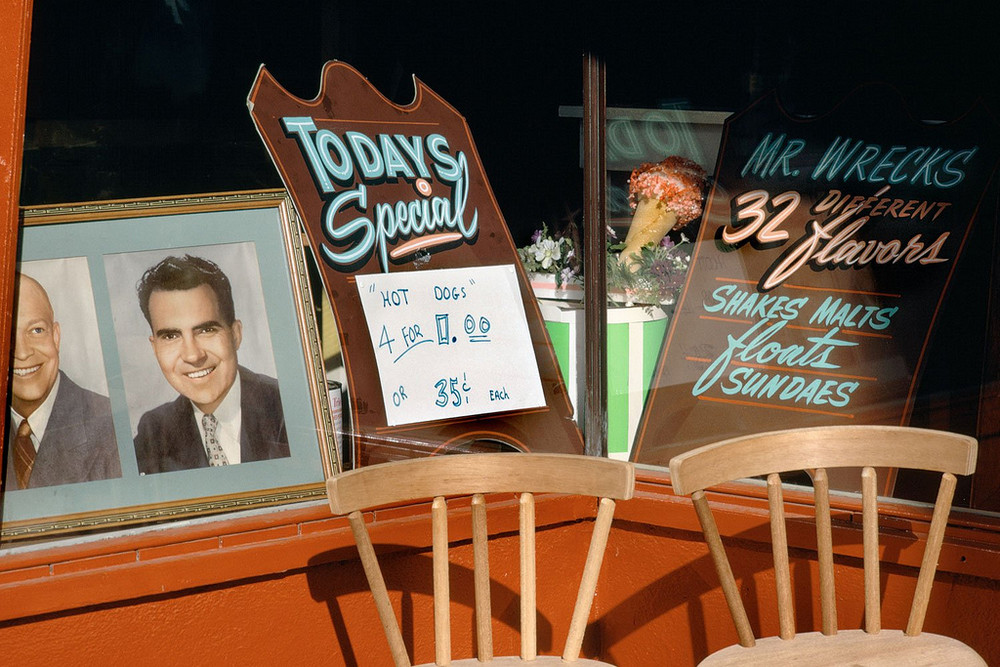
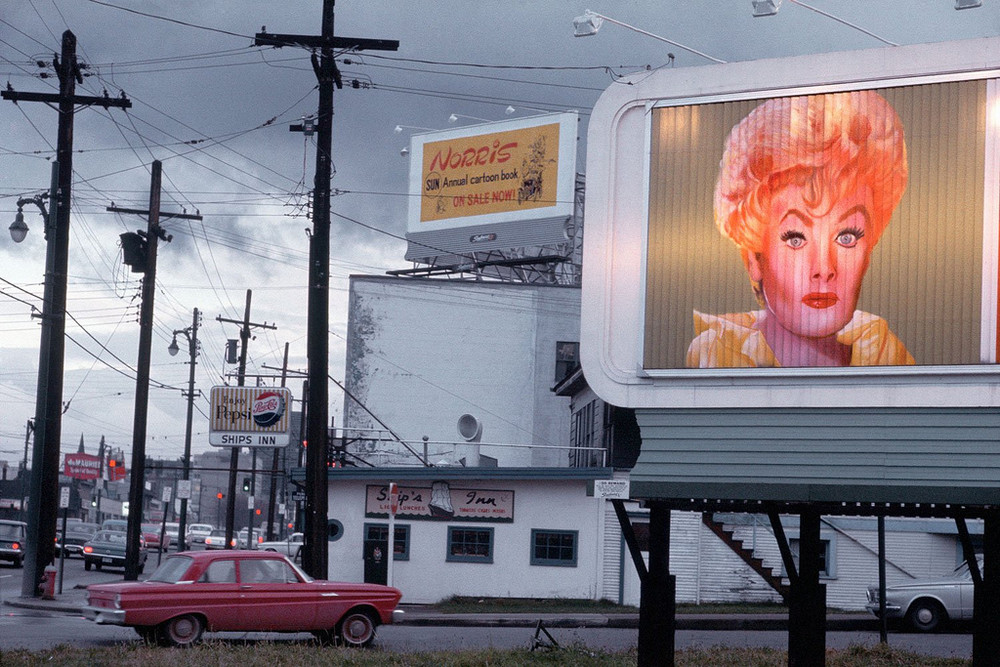
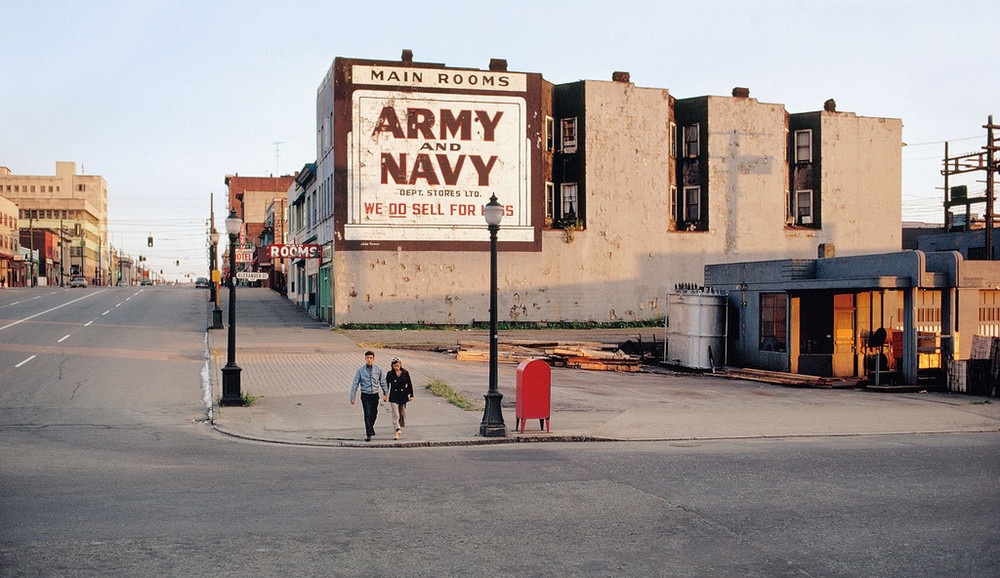
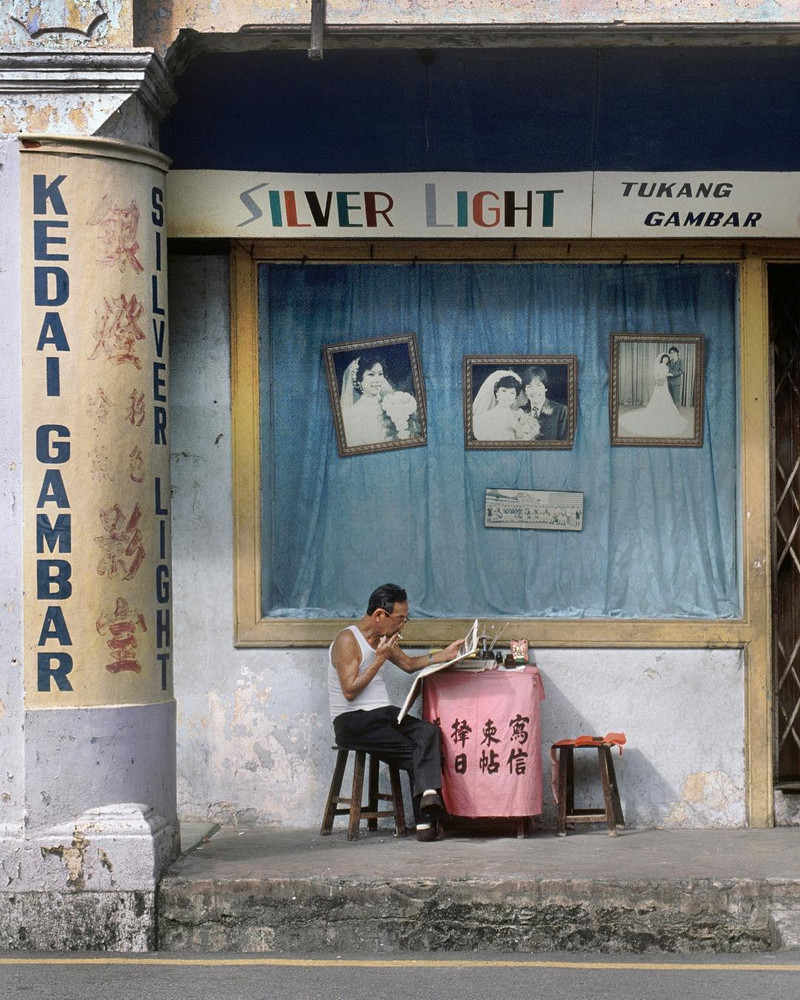
China Town of Vancouver, 1960s
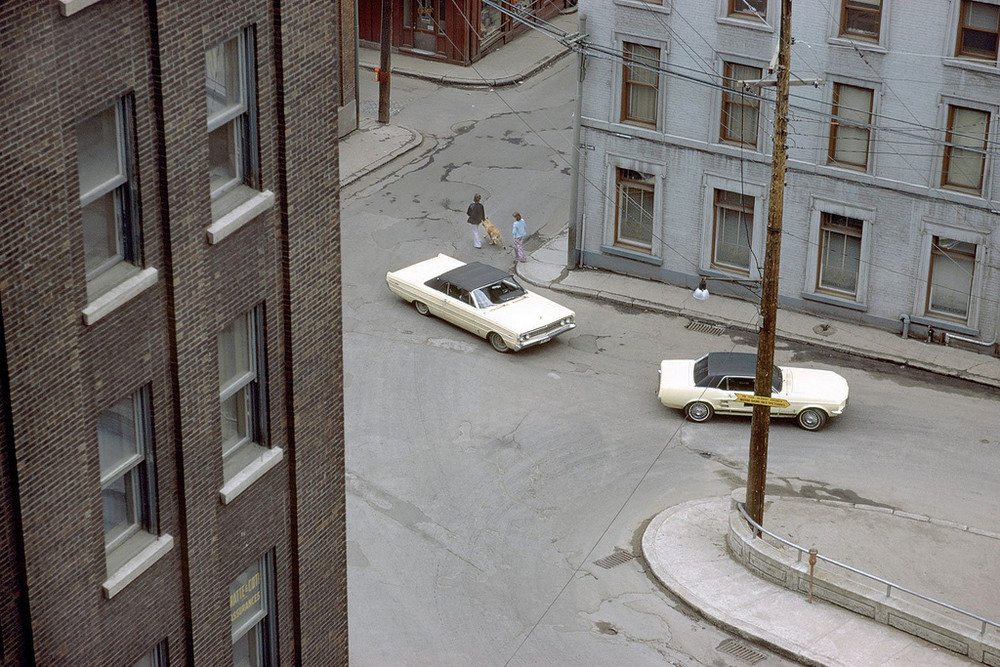
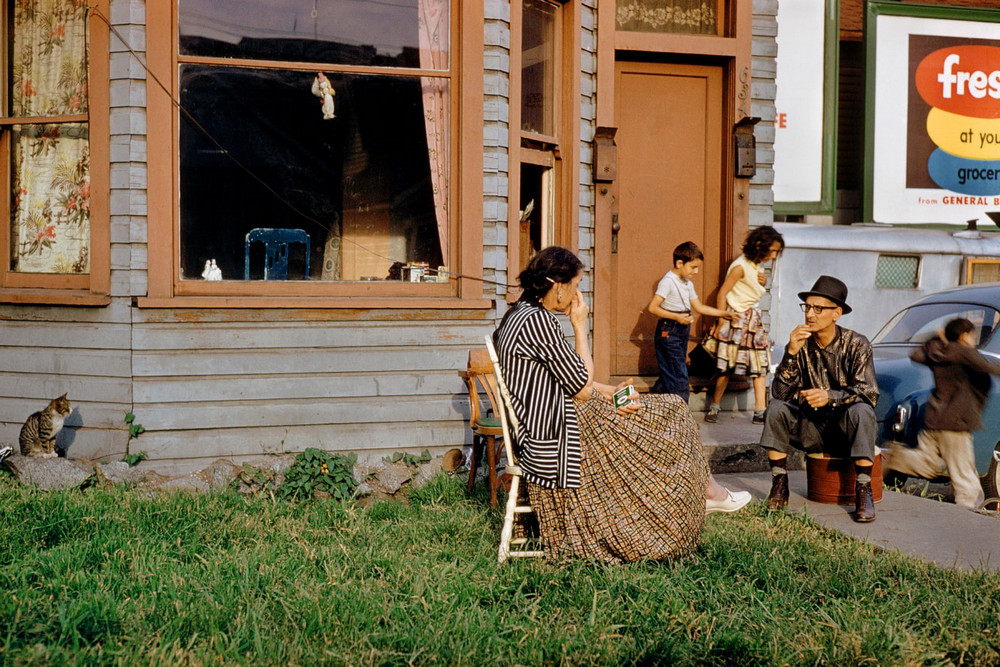
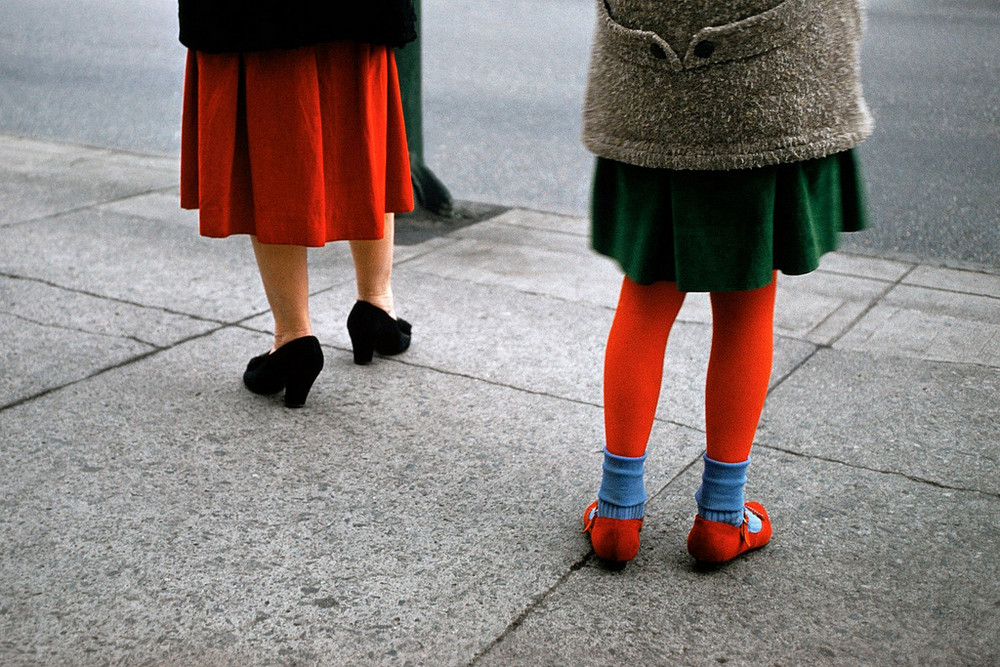
Bright colors on the streets of Vancouver, 1950s
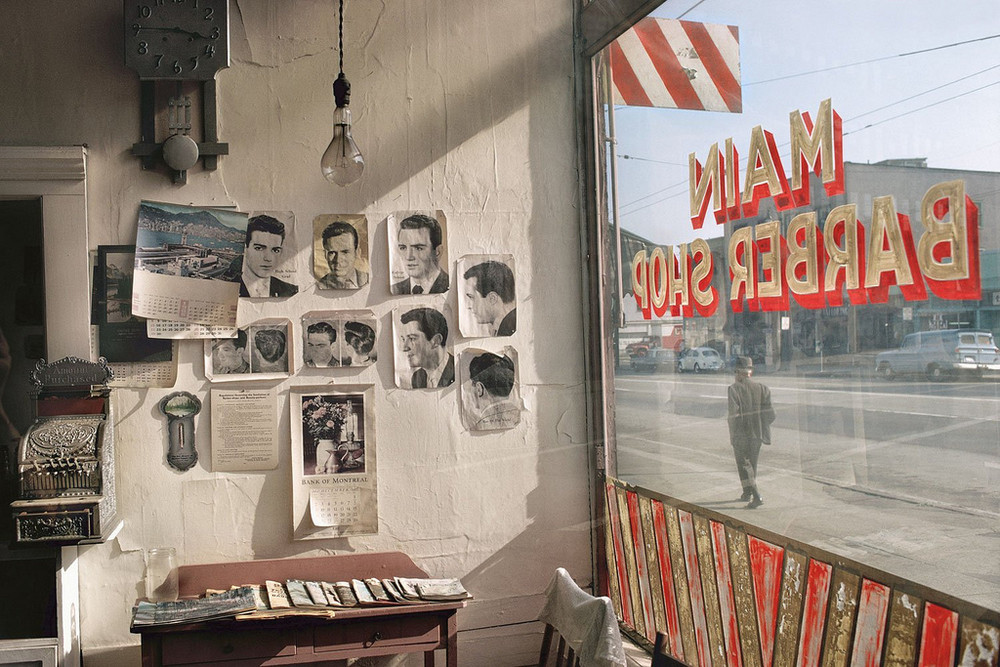
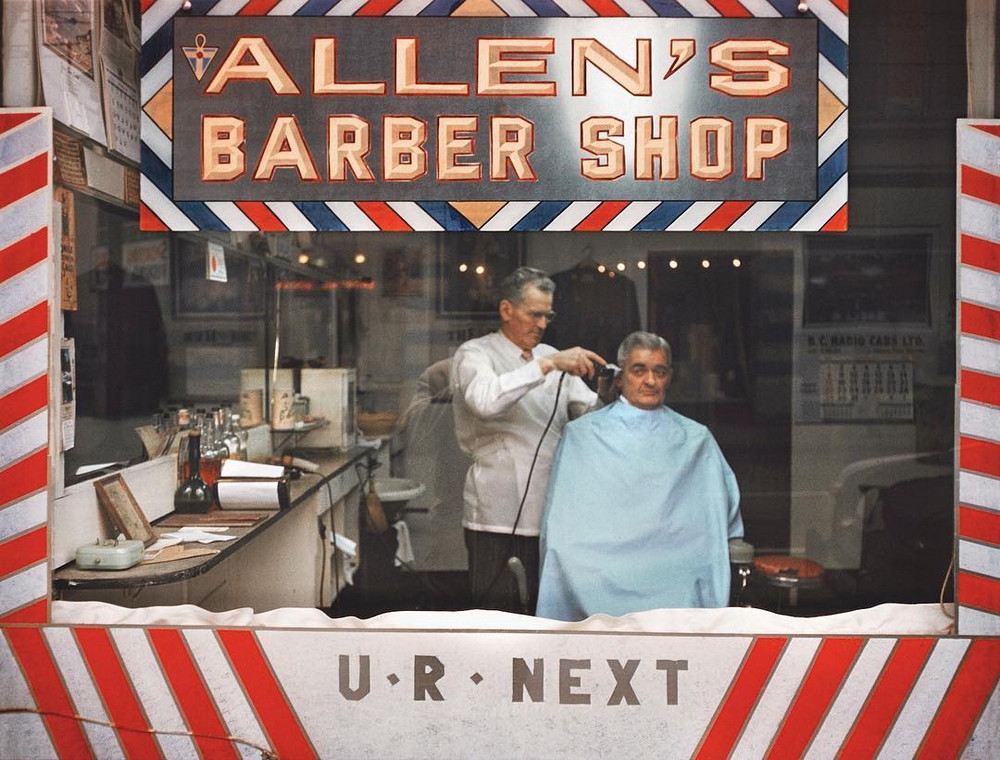
Barber in Vancouver, 1960s
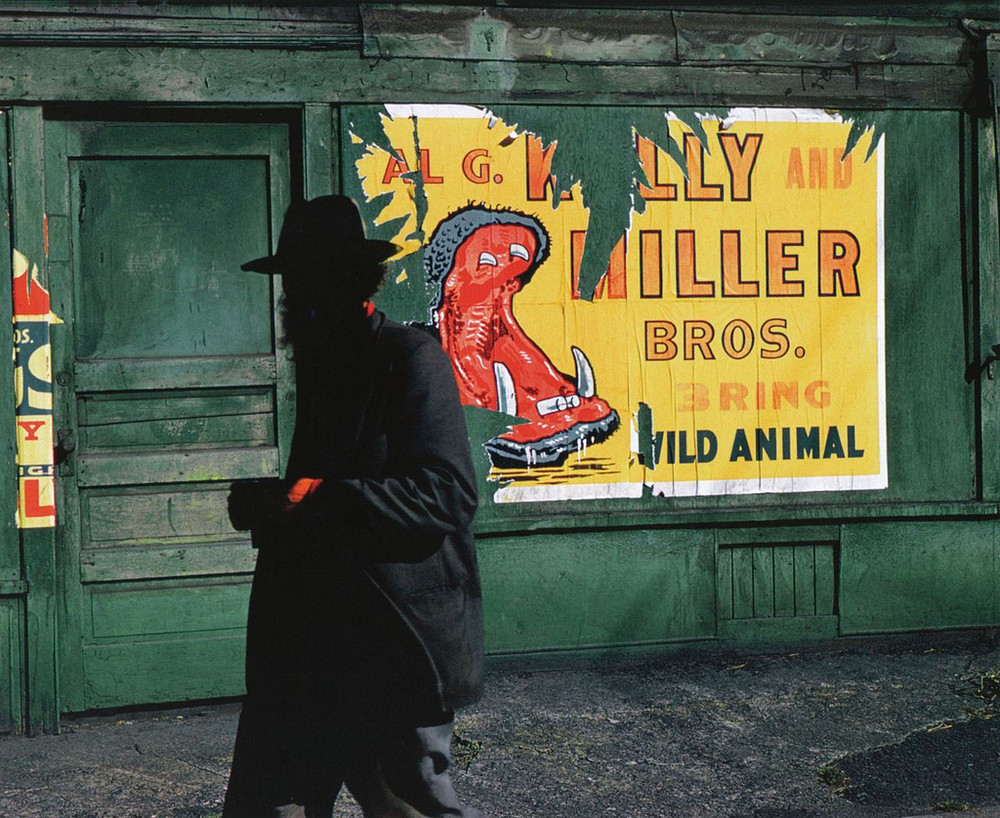
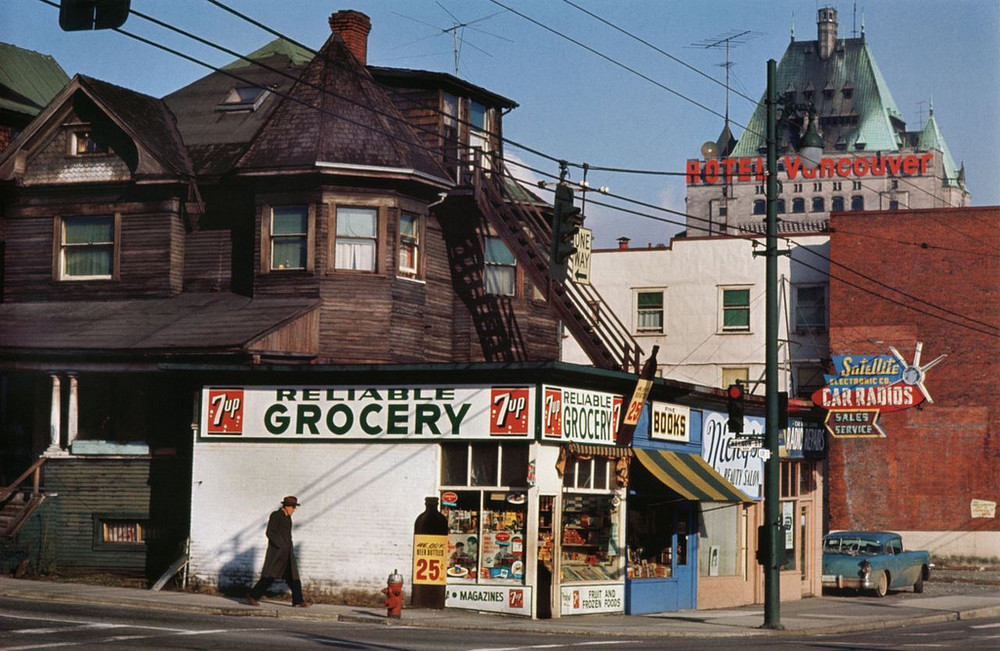
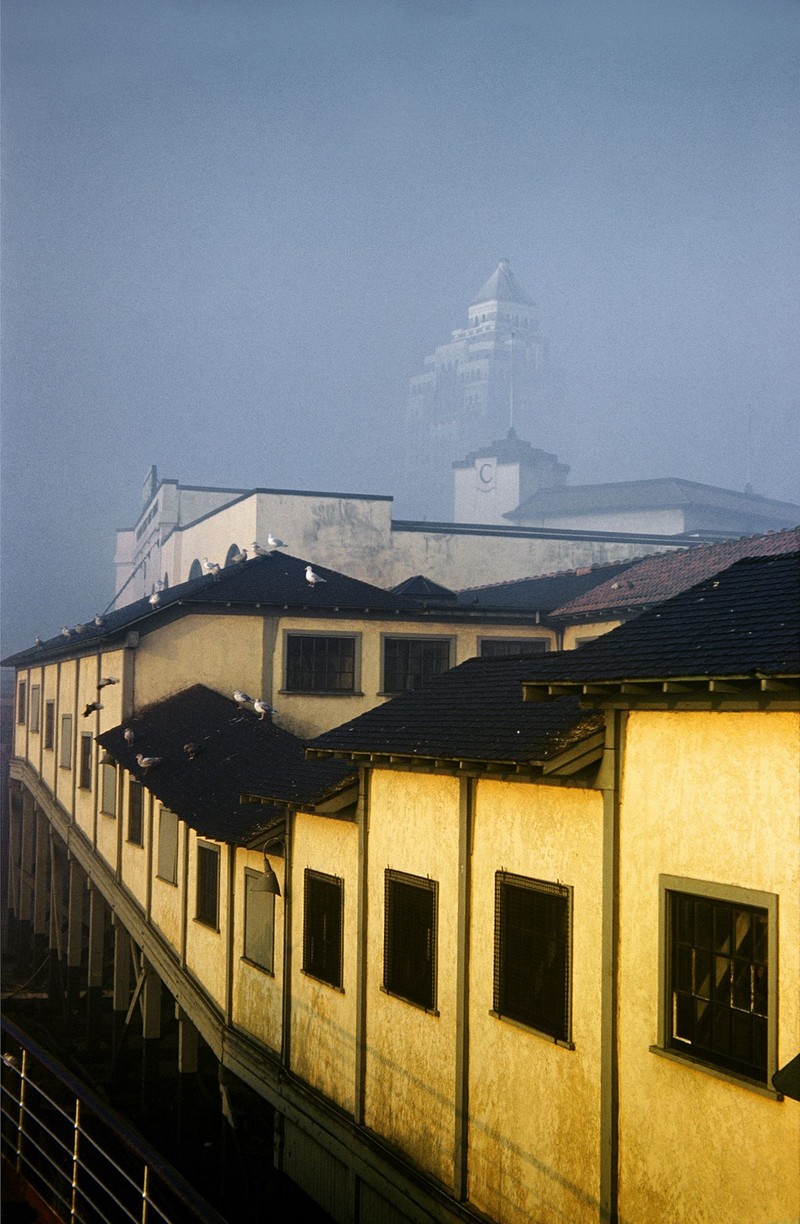
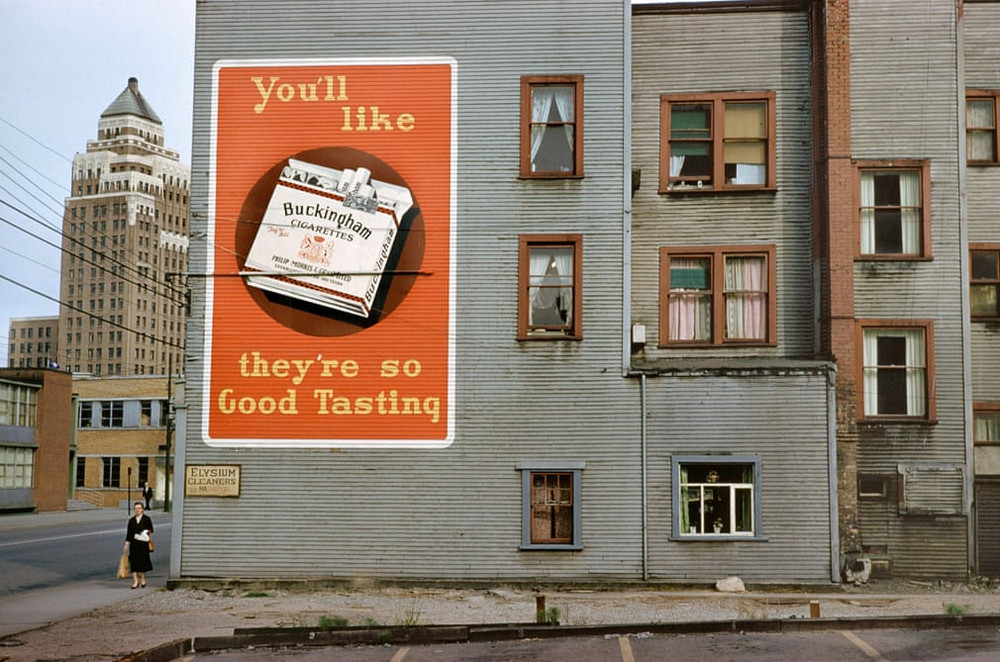
Advertising in the post-war Vancouver